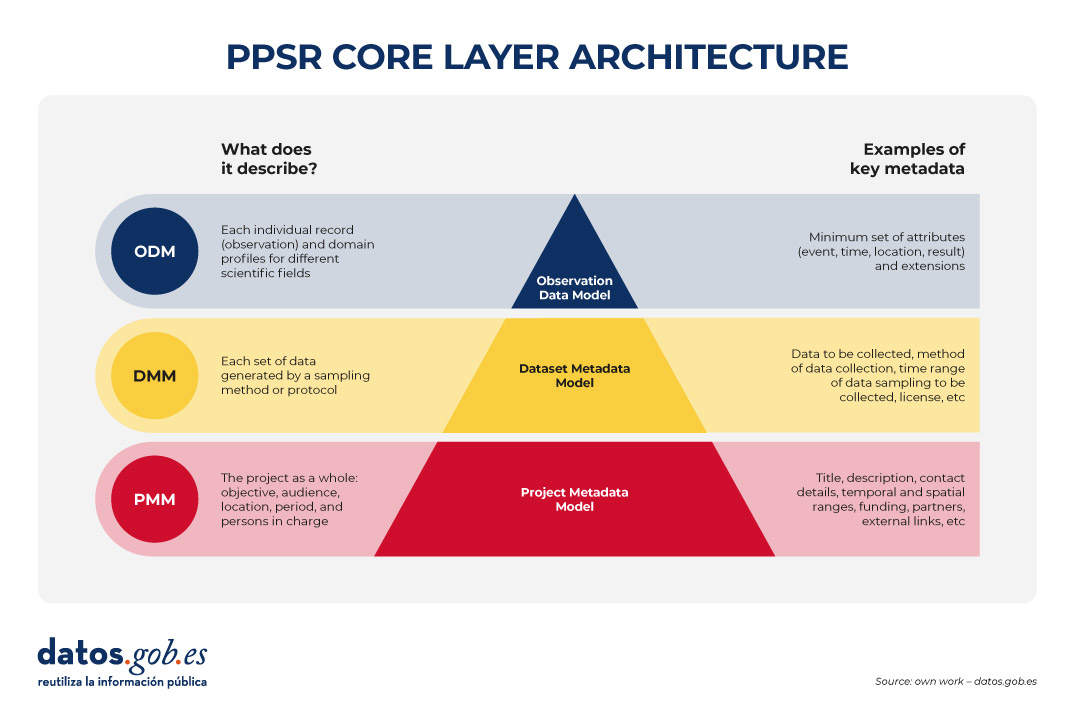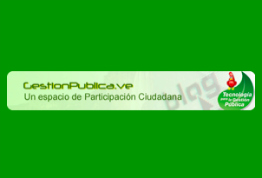
Citizen participation in the collection of scientific data promotes a more democratic science, by involving society in R+D+i processes and reinforcing accountability. In this sense, there are a variety of citizen science initiatives launched by entities such as CSIC, CENEAM or CREAF, among others. In addition, there are currently numerous citizen science platform platforms that help anyone find, join and contribute to a wide variety of initiatives around the world, such as SciStarter.
Some references in national and European legislation
Different regulations, both at national and European level, highlight the importance of promoting citizen science projects as a fundamental component of open science. For example, Organic Law 2/2023, of 22 March, on the University System, establishes that universities will promote citizen science as a key instrument for generating shared knowledge and responding to social challenges, seeking not only to strengthen the link between science and society, but also to contribute to a more equitable, inclusive and sustainable territorial development.
On the other hand, Law 14/2011, of 1 June, on Science, Technology and Innovation, promotes "the participation of citizens in the scientific and technical process through, among other mechanisms, the definition of research agendas, the observation, collection and processing of data, the evaluation of impact in the selection of projects and the monitoring of results, and other processes of citizen participation."
At the European level, Regulation (EU) 2021/695 establishing the Framework Programme for Research and Innovation "Horizon Europe", indicates the opportunity to develop projects co-designed with citizens, endorsing citizen science as a research mechanism and a means of disseminating results.
Citizen science initiatives and data management plans
The first step in defining a citizen science initiative is usually to establish a research question that requires data collection that can be addressed with the collaboration of citizens. Then, an accessible protocol is designed for participants to collect or analyze data in a simple and reliable way (it could even be a gamified process). Training materials must be prepared and a means of participation (application, web or even paper) must be developed. It also plans how to communicate progress and results to citizens, encouraging their participation.
As it is an intensive activity in data collection, it is interesting that citizen science projects have a data management plan that defines the life cycle of data in research projects, that is, how data is created, organized, shared, reused and preserved in citizen science initiatives. However, most citizen science initiatives do not have such a plan: this recent research article found that only 38% of the citizen science projects consulted had a data management plan.

Figure 1. Data life cycle in citizen science projects Source: own elaboration – datos.gob.es.
On the other hand, data from citizen science only reach their full potential when they comply with the FAIR principles and are published in open access. In order to help have this data management plan that makes data from citizen science initiatives FAIR, it is necessary to have specific standards for citizen science such as PPSR Core.
Open Data for Citizen Science with the PPSR Core Standard
The publication of open data should be considered from the early stages of a citizen science project, incorporating the PPSR Core standard as a key piece. As we mentioned earlier, when research questions are formulated, in a citizen science initiative, a data management plan must be proposed that indicates what data to collect, in what format and with what metadata, as well as the needs for cleaning and quality assurance from the data collected by citizens. in addition to a publication schedule.
Then, it must be standardized with PPSR (Public Participation in Scientific Research) Core. PPSR Core is a set of data and metadata standards, specially designed to encourage citizen participation in scientific research processes. It has a three-layer architecture based on a Common Data Model (CDM). This CDM helps to organize in a coherent and connected way the information about citizen science projects, the related datasets and the observations that are part of them, in such a way that the CDM facilitates interoperability between citizen science platforms and scientific disciplines. This common model is structured in three main layers that allow the key elements of a citizen science project to be described in a structured and reusable way. The first is the Project Metadata Model (PMM), which collects the general information of the project, such as its objective, participating audience, location, duration, responsible persons, sources of funding or relevant links. Second, the Dataset Metadata Model (DMM) documents each dataset generated, detailing what type of information is collected, by what method, in what period, under what license and under what conditions of access. Finally, the Observation Data Model (ODM) focuses on each individual observation made by citizen science initiative participants, including the date and location of the observation and the result. It is interesting to note that this PPSR-Core layer model allows specific extensions to be added according to the scientific field, based on existing vocabularies such as Darwin Core (biodiversity) or ISO 19156 (sensor measurements). (ODM) focuses on each individual observation made by participants of the citizen science initiative, including the date and place of the observation and the outcome. It is interesting to note that this PPSR-Core layer model allows specific extensions to be added according to the scientific field, based on existing vocabularies such as Darwin Core (biodiversity) or ISO 19156 (sensor measurements).

Figure 2. PPSR CORE layering architecture. Source: own elaboration – datos.gob.es.
This separation allows a citizen science initiative to automatically federate the project file (PMM) with platforms such as SciStarter, share a dataset (DMM) with a institutional repository of open scientific data, such as those added in FECYT's RECOLECTA and, at the same time, send verified observations (ODMs) to a platform such as GBIF without redefining each field.
In addition, the use of PPSR Core provides a number of advantages for the management of the data of a citizen science initiative:
- Greater interoperability: platforms such as SciStarter already exchange metadata using PMM, so duplication of information is avoided.
- Multidisciplinary aggregation: ODM profiles allow datasets from different domains (e.g. air quality and health) to be united around common attributes, which is crucial for multidisciplinary studies.
- Alignment with FAIR principles: The required fields of the DMM are useful for citizen science datasets to comply with the FAIR principles.
It should be noted that PPSR Core allows you to add context to datasets obtained in citizen science initiatives. It is a good practice to translate the content of the PMM into language understandable by citizens, as well as to obtain a data dictionary from the DMM (description of each field and unit) and the mechanisms for transforming each record from the MDG. Finally, initiatives to improve PPSR Core can be highlighted, for example, through a DCAT profile for citizen science.
Conclusions
Planning the publication of open data from the beginning of a citizen science project is key to ensuring the quality and interoperability of the data generated, facilitating its reuse and maximizing the scientific and social impact of the project. To this end, PPSR Core offers a level-based standard (PMM, DMM, ODM) that connects the data generated by citizen science with various platforms, promoting that this data complies with the FAIR principles and considering, in an integrated way, various scientific disciplines. With PPSR Core , every citizen observation is easily converted into open data on which the scientific community can continue to build knowledge for the benefit of society.
Jose Norberto Mazón, Professor of Computer Languages and Systems at the University of Alicante. The contents and views reflected in this publication are the sole responsibility of the author.



